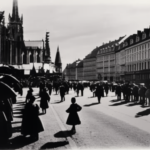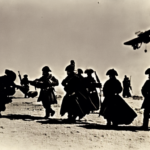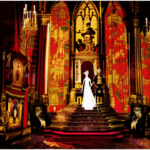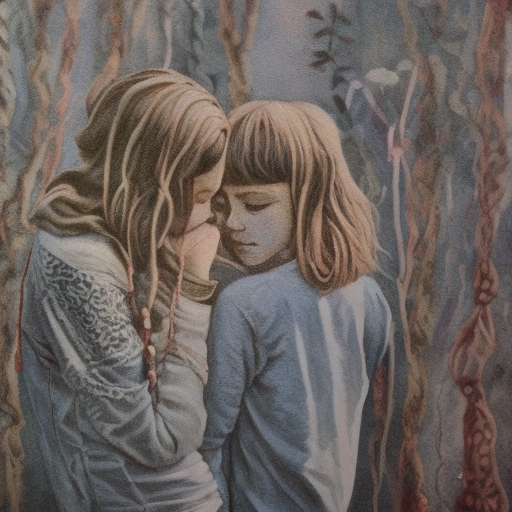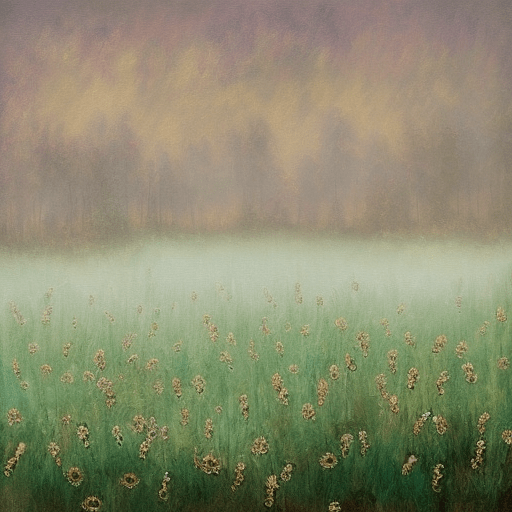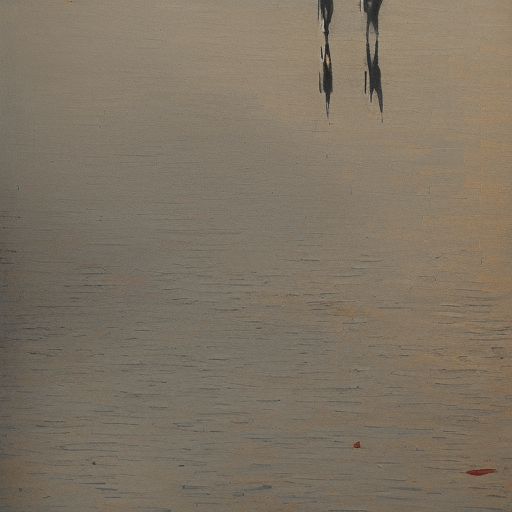Summary of “Shoeshine” by Vittorio De Sica
One-line summary: “Shoeshine” is a powerful Italian neorealist film directed by Vittorio De Sica that explores the lives of two young boys who find themselves caught in a web of corruption and injustice.
Main Cast and Crew:
- Director: Vittorio De Sica
- Writers: Cesare Zavattini, Sergio Amidei, Adolfo Franci, Gerardo Guerrieri, and Vittorio De Sica
- Key Actors: Rinaldo Smordoni (Giuseppe Filippucci), Franco Interlenghi (Pasquale Maggi), Annielo Mele (Arcangeli), Bruno Ortenzi (Ciro), Emilio Cigoli (Police Commissioner), and Lamberto Maggiorani (Carlo)
- Music Director: Alessandro Cicognini
- Director of Photography: Anchise Brizzi
- Producers: Giuseppe Amato and Lorenzo Pegoraro
Plot:
In post-World War II Rome, Giuseppe and Pasquale, two young shoeshine boys, dream of a better life. They work diligently and save their money to buy a horse, which they plan to use to start a business. However, their dreams are shattered when they are mistakenly accused of stealing a valuable pocket knife from a man named Arcangeli.
Arcangeli, a small-time criminal, frames the boys to avoid being caught for his own crimes. The police arrest Giuseppe and Pasquale, and they are sent to a juvenile detention center. Inside the center, the boys face a harsh reality filled with abuse and exploitation. They witness the corruption of the system as they encounter other young inmates who have been similarly mistreated.
As the boys struggle to survive in the brutal environment, their friendship is tested. Giuseppe becomes bitter and resentful, while Pasquale remains hopeful and optimistic. Their contrasting attitudes reflect the film’s exploration of the human spirit in the face of adversity.
Themes and Motifs:
“Shoeshine” delves into themes of innocence, friendship, corruption, and the harsh realities of post-war Italy. The film highlights the vulnerability of children and the impact of societal injustices on their lives. It also exposes the corruption within the justice system and the exploitation of the less fortunate.
The motif of shoes and shoeshining serves as a metaphor for the boys’ desire to rise above their circumstances. It symbolizes their hope for a better future and their determination to escape the cycle of poverty.
Reception and Legacy:
Upon its release in 1946, “Shoeshine” received critical acclaim for its realistic portrayal of post-war Italy. It won the Grand Prix at the Cannes Film Festival and was nominated for an Academy Award for Best Original Screenplay. The film’s success established Vittorio De Sica as a prominent figure in Italian neorealism.
“Shoeshine” is regarded as a seminal work in neorealist cinema, influencing future filmmakers and shaping the genre. Its exploration of social issues and its emphasis on the lives of ordinary people resonated with audiences and critics alike. The film’s legacy can be seen in subsequent neorealist films and its lasting impact on Italian cinema.
Recommendation:
“Shoeshine” is a poignant and thought-provoking film that offers a powerful portrayal of the struggles faced by marginalized individuals. It is a must-watch for those interested in Italian neorealism and the human condition. However, due to its heavy themes and realistic depiction of injustice, it may not be suitable for all viewers.
Memorable Quote:
“Giuseppe, we mustn’t lose hope. We’ll get out of here. We’ll buy our horse and start our business. We’ll shine shoes and make lots of money.” – Pasquale


